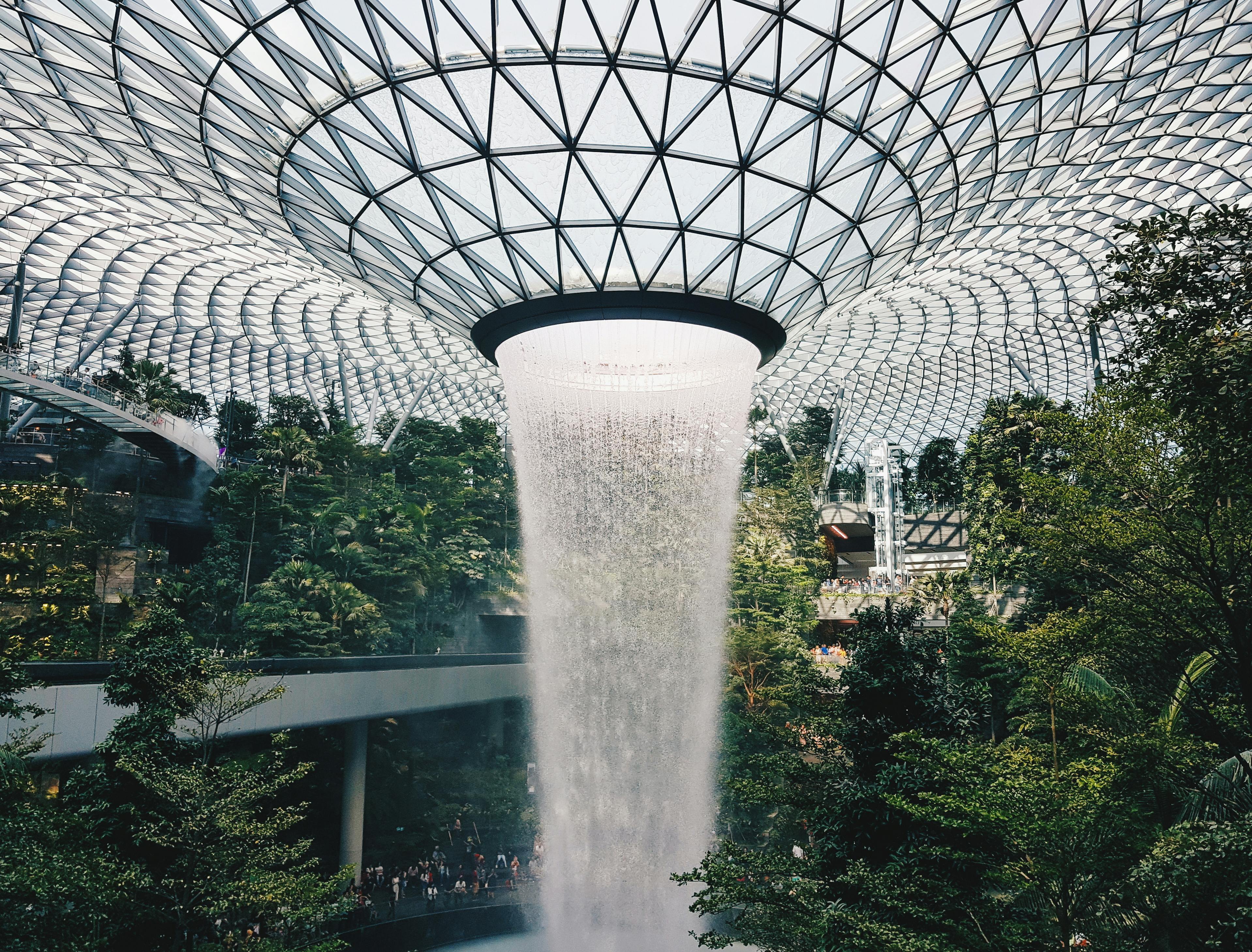Creating a self-watering garden bed is an easy and efficient way to keep your plants healthy without the need for constant watering. With the right materials, a bit of time and effort, you can build your own self-watering garden bed that will provide your plants with the water they need to thrive. In this guide, we will look at the steps needed to build a self-watering garden bed for yourself.A self-watering garden bed is a type of garden bed that is designed to water itself. This type of bed typically consists of a plastic or metal container that is filled with soil, and which has a reservoir on the bottom that is filled with water. The water from the reservoir slowly seeps upwards into the soil, providing plants in the bed with moisture and nutrients. This eliminates the need for gardeners to manually water plants in the self-watering garden bed, saving them time and energy.
The Benefits of a Self-Watering Garden Bed
Having a garden bed in your yard can be a fun and rewarding experience, as it allows you to grow beautiful plants and vegetables. However, if you don’t have the time to tend to your garden bed on a regular basis, you may find yourself struggling with plant health and growth. A self-watering garden bed is a great solution for those who want to enjoy the benefits of gardening without all the work. Here are some of the key benefits of having a self-watering garden bed:
<
Materials Needed for a Self-Watering Garden Bed
Creating a self-watering garden bed is an easy and efficient way to grow a variety of plants in your outdoor space. The key to any successful garden is having the right materials, and for a self-watering garden bed this includes: soil, fertilizer, water reservoir, irrigation system, and mulch.
Soil is the foundation of any successful garden bed, and the type of soil you choose will depend on the types of plants you are growing. A general purpose
Step 1: Gather the Supplies
The first step in building a self-watering garden bed is to gather the supplies you need. You will need soil, a container for the bed, a water reservoir, and a wicking material such as fabric or burlap. You’ll also need some tools, such as a drill and screws, to put it all together. Once you have your supplies gathered, you can move on to the next step.
Step 2: Build the Reservoir
https://images.pexels.com/photos/1438832/pexels-photo-1438832.jpeg
Preparing the Site for the Self-Watering Garden Bed
Creating a self-watering garden bed is a great way to keep your plants healthy and flourishing. The first step in setting up your self-watering garden bed is to prepare the site. This includes clearing away any debris, removing any weeds, and leveling the area. It’s important to make sure the site is free of obstructions and has good drainage so that water can flow freely throughout the bed. Once you’ve cleared and leveled the area, it’s time to start adding soil and

Constructing the Frame of the Self-Watering Garden Bed
Building a frame for your self-watering garden bed is an important step in creating a functional, aesthetically pleasing garden. The frame will provide the necessary structure and support for the bed itself and any other components you may choose to add. There are several different materials you can use to construct the frame, ranging from wood to metal to plastic.
Wood is a popular choice for building frames, as it is relatively inexpensive and easy to work with. If you are using wood, make sure it is
Adding Soil and Mulch to the Self-Watering Garden Bed
Adding soil and mulch to a self-watering garden bed is essential for maintaining a healthy garden. This process helps provide the nutrients and moisture needed for plants to thrive. It also helps protect the soil from erosion, weeds, and other pests. The following steps outline how to properly add soil and mulch to a self-watering garden bed.
First, purchase high-quality potting mix that is free of weeds, pests, and disease. This will
Installing the Irrigation System for the Self-Watering Garden Bed
Installing an irrigation system in a self-watering garden bed is a great way to ensure that your plants get the water they need. A properly installed irrigation system will provide reliable and consistent watering to your plants, allowing them to thrive. Installing an irrigation system can seem like a daunting task, but with some basic knowledge and planning, it can be done relatively quickly and easily.
The first thing you need to do is determine where your garden bed will be located. Once

Conclusion
Building a self-watering garden bed is not as difficult as it might seem. With the right materials and a bit of elbow grease, anyone can have their own self-watering garden bed in no time. It can be very rewarding to watch your plants thrive with minimal effort, and you can save time and money on watering your garden. In the end, building a self-watering garden bed is an excellent way to have a productive and enjoyable gardening experience.
When it comes to building a self-watering garden bed, it is
